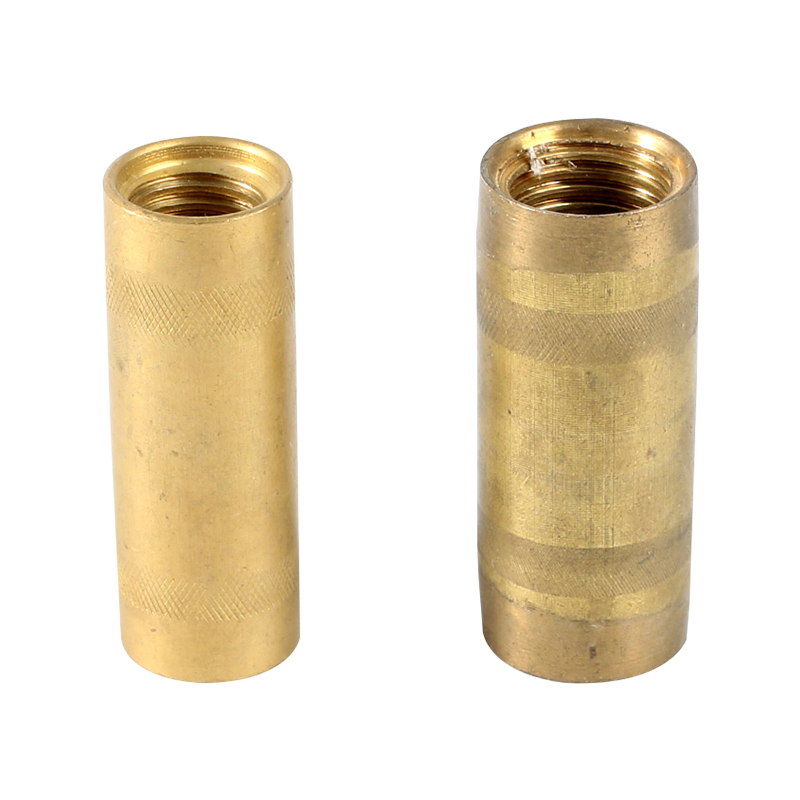Ensuring a low-resistance connection with
earthing fixing clamps is crucial for the effectiveness of the grounding system in electrical installations.
Proper Surface Preparation:
Ensure that the surfaces in contact with the earthing fixing clamp are clean, free from rust, corrosion, or any other contaminants. A clean surface helps establish a better electrical connection.
Tightening Torque:
Use the manufacturer's recommended tightening torque when installing the earthing fixing clamp. Over-tightening can cause deformation of the clamp or the conductor, while under-tightening may result in a poor electrical connection.
Conductive Paste or Gel:
Apply a conductive paste or gel on the surfaces before installing the clamp. This enhances the conductivity by filling in microscopic gaps and irregularities, ensuring a more intimate contact between the clamp and the conductor.
Use of Anti-Corrosion Compounds:
Apply anti-corrosion compounds to prevent corrosion on the surfaces of the clamp and the conductor. Corrosion can increase resistance over time and compromise the effectiveness of the earthing connection.
Selection of Suitable Materials:
Choose earthing fixing clamps made from materials with good electrical conductivity, such as copper or aluminum alloys. The material should also be corrosion-resistant to ensure a long-lasting and low-resistance connection.
Regular Inspections and Maintenance:
Conduct regular inspections of the earthing fixing clamps to identify any signs of corrosion, damage, or loose connections. Promptly address any issues through cleaning, tightening, or replacing the clamp if necessary.
Proper Sizing and Design:
Ensure that the earthing fixing clamp is appropriately sized and designed for the specific application and conductor type. Using the correct clamp for the job helps maintain a secure and low-resistance connection.
Compliance with Standards:
Ensure that the earthing fixing clamp complies with relevant industry standards and regulations. Following established standards helps guarantee that the clamp meets performance and safety requirements.
Welded Connections:
In some cases, earthing clamps may be welded to the structure or conductor for a permanent and low-resistance connection. Welding requires specialized knowledge and should be performed according to applicable standards and guidelines.
Moisture Protection:
Protect the
earthing fixing clamp from moisture, as moisture can increase resistance. Choose weather-resistant clamps or use protective covers in outdoor or damp environments.
Remember that the specific recommendations may vary based on the type and design of the earthing fixing clamp, as well as the application and environmental conditions. Always refer to the manufacturer's guidelines and follow relevant industry standards for the best practices in achieving a low-resistance connection. Regular maintenance and periodic testing can help ensure the continued effectiveness of the earthing system.
 Coupler of earthing rod
Coupler of earthing rodThe Coupler Of Earthing Rod Is Used For Connecting The Different Earthing Rods ,To Extend The Length Of Earthing Rod .The Advantages Including Easy Installation ,Good Fastness And Low Cost .

